Dear State Association Executives:
We’ve been closely following your email discussion regarding the regulation of outside steps, including, particularly, the issue of federal versus state/local authority, questions concerning federal preemption and the possibility of approaching the MHCC with a proposal.
Unfortunately, this problem goes back to an issue raised by MHARR, some 8 years ago, when the federal installation standards (24 C.F.R. 3285) were first proposed by HUD and debated by the MHCC. HUD has taken the position, based on an indefensible “interpretation” of the 2000 law, that installation is not part of “construction” and that only the Part 3280 construction and safety standards are preemptive – meaning that the Part 3285 installation standards are not preemptive. MHARR (without help from others in the industry), vigorously opposed – and continues to oppose — this “re-codification” of installation, as is more fully explained in Fact Sheet No. 8 of the MHARR Fact Sheets regarding HUD’s failure to implement key 2000 law reforms that we sent to you on September 14, 2011.
The bottom line, for now, is that the Part 3285 installation standards, as construed by HUD, remain non-preemptive. So, even if steps were part of the 3285 installation standards, or were made part of the installation standards, the federal step standard would still not be preemptive of state and/or local requirements. Worse yet, because the MHCC only has statutory authority over “construction and safety” standards, HUD’s codification of the installation standards outside of the Part 3280 construction and safety standards, at a minimum, makes it doubtful whether the MHCC could even consider a proposal to amend the Part 3285 installation standards to include steps (and would create an endlessly muddled legal no-man’s land, if it did).
MHARR has been warning, ever since the installation standards were re-codified outside of Part 3280, that HUD’s baseless distinction between installation and construction would come back to haunt the industry and consumers in the form of inconsistent and needlessly costly state and local requirements. And what you’re seeing here is likely just the tip of the iceberg, as we also noted that the full impact of all this would not begin to be felt until the federal installation program was fully implemented. Unfortunately, this is just one simple illustration from among the ten key reforms of the 2000 law (see your MHARR Fact Sheet packet), designed to complete the transformation of manufactured homes from the trailers of yesteryear to the modern legitimate housing of today, that HUD has refused to fully and properly implement – reforms that were designed to help the industry and its consumers that have been languishing at HUD for over ten years because of a lack of pressure from the entire industry.
Thanks,
Mark Weiss
Senior Vice President
Manufactured Housing Association for Regulatory Reform (MHARR)
cc: HUD Code Retailers and Communities



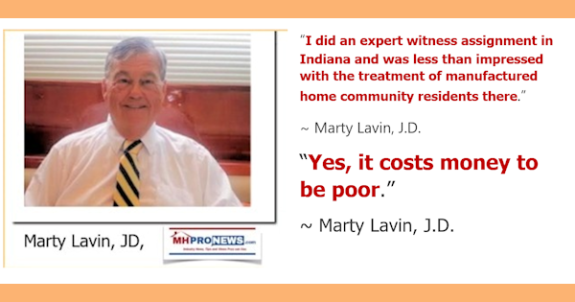
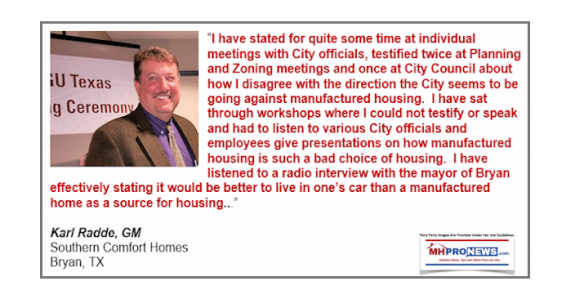
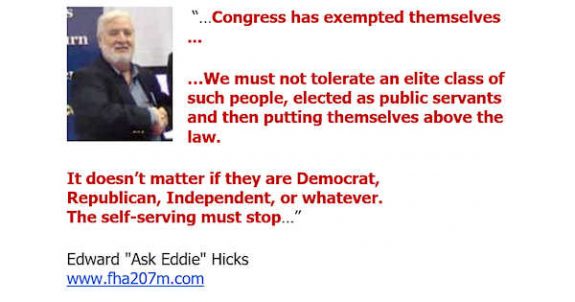
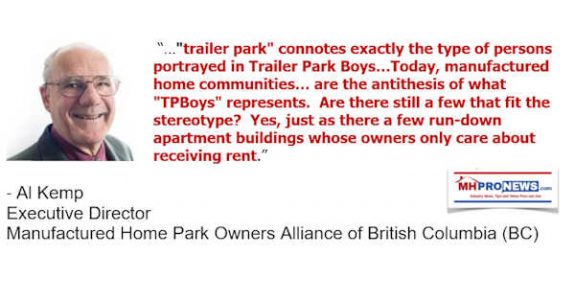
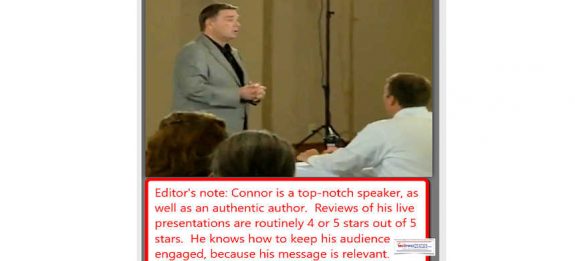
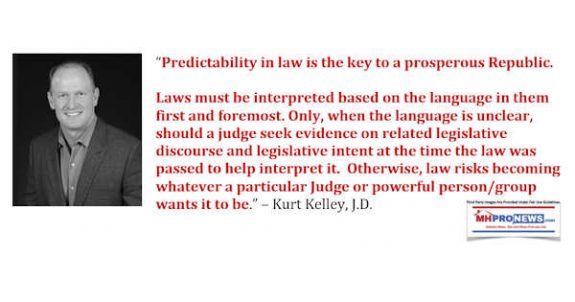
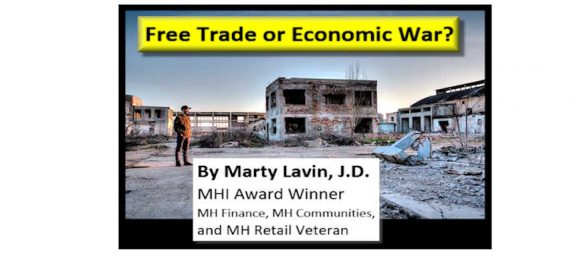
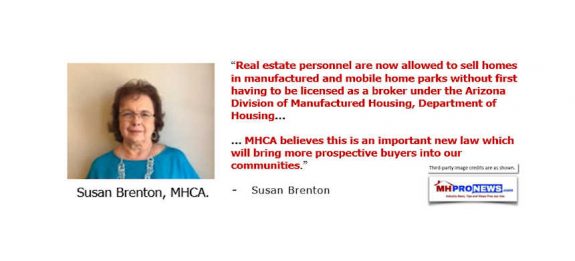
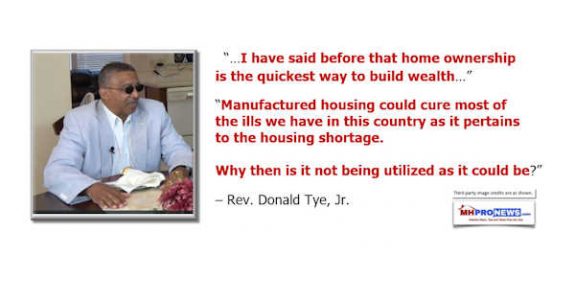
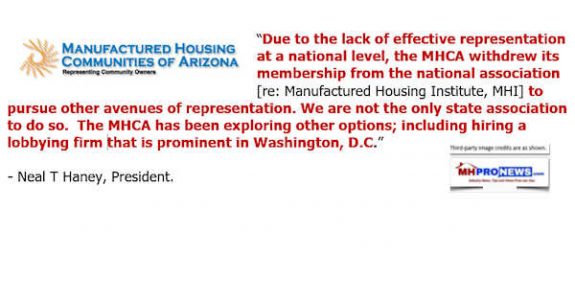

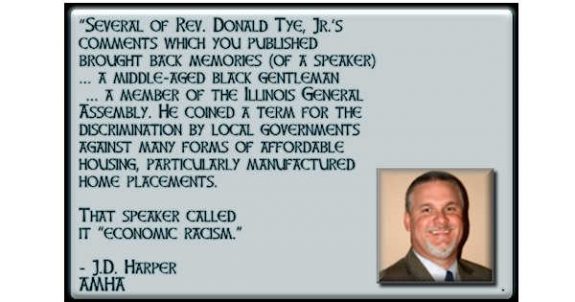
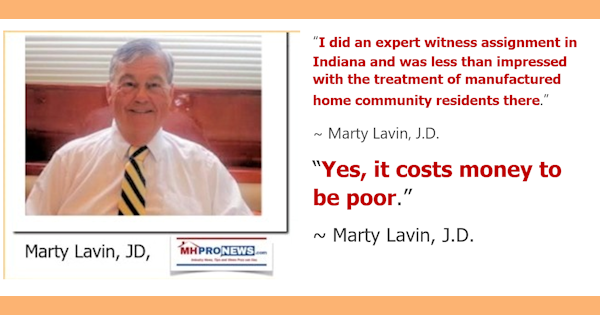
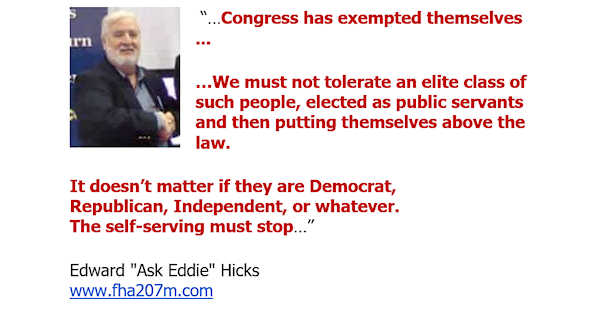
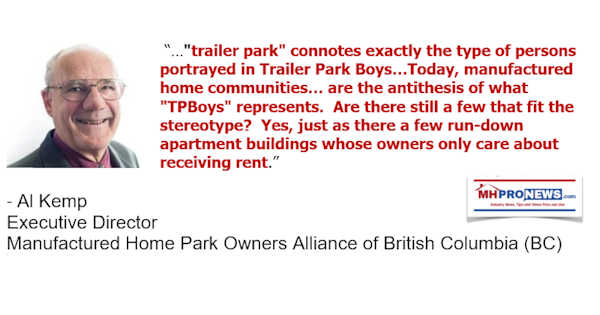
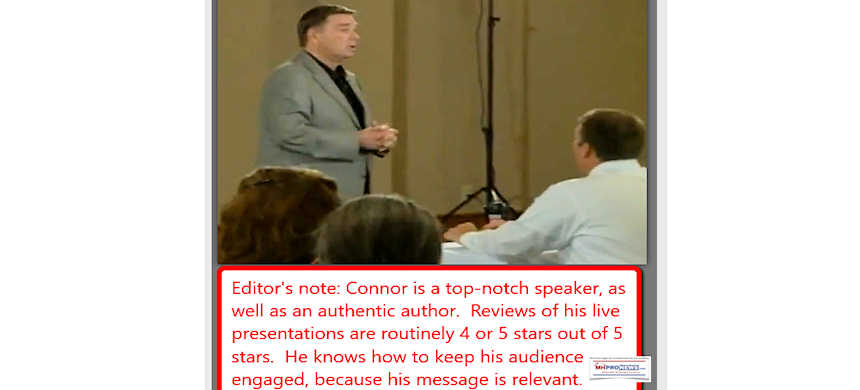
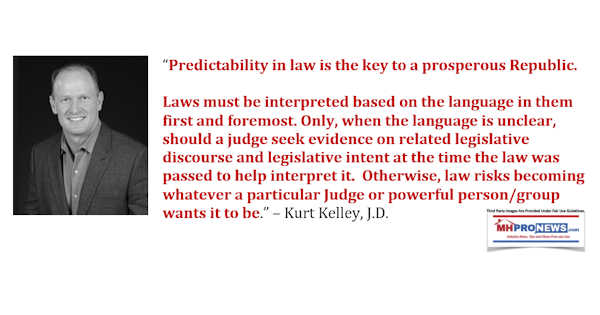

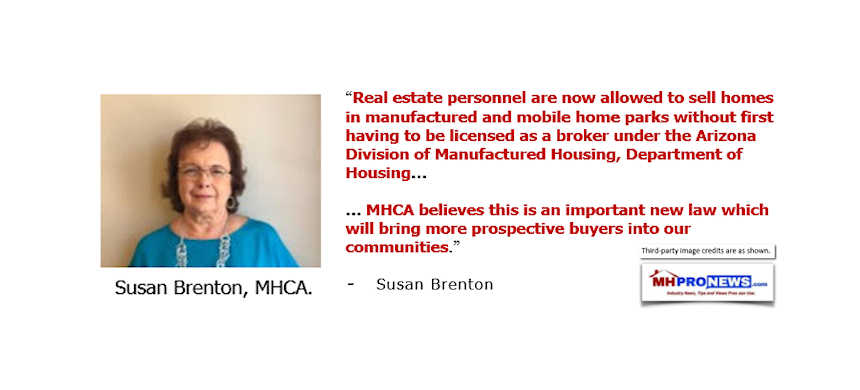
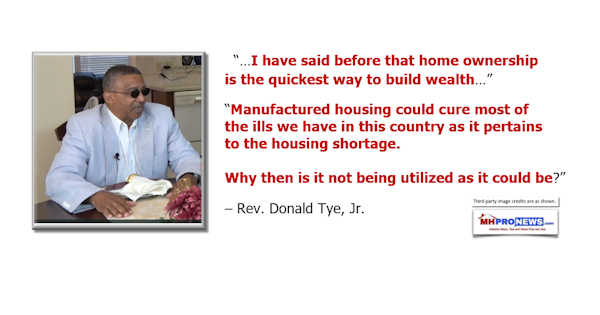
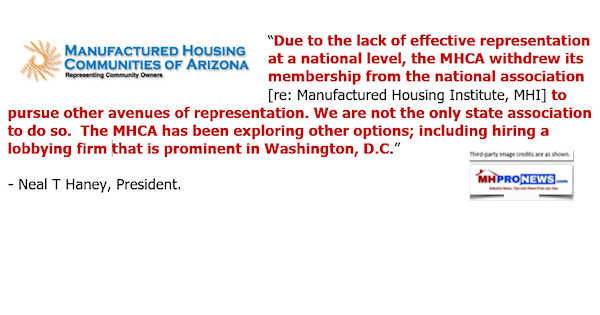

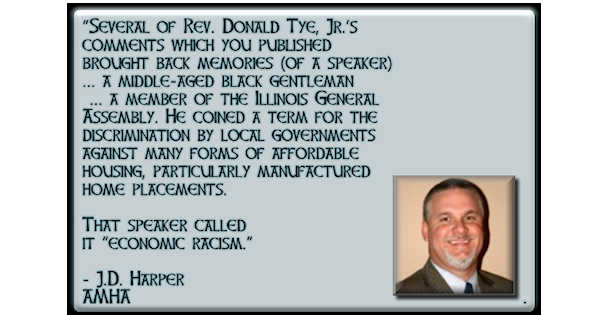
Karl Radde – TMHA, MHI, Southern Comfort Homes – Addressing Bryan City Leaders, Letter on Proposed Manufactured Home Ban
To All Concerned [Bryan City Officials, Others]: As the retail location referenced by Mr. Inderman, I would like to take a moment to address the …